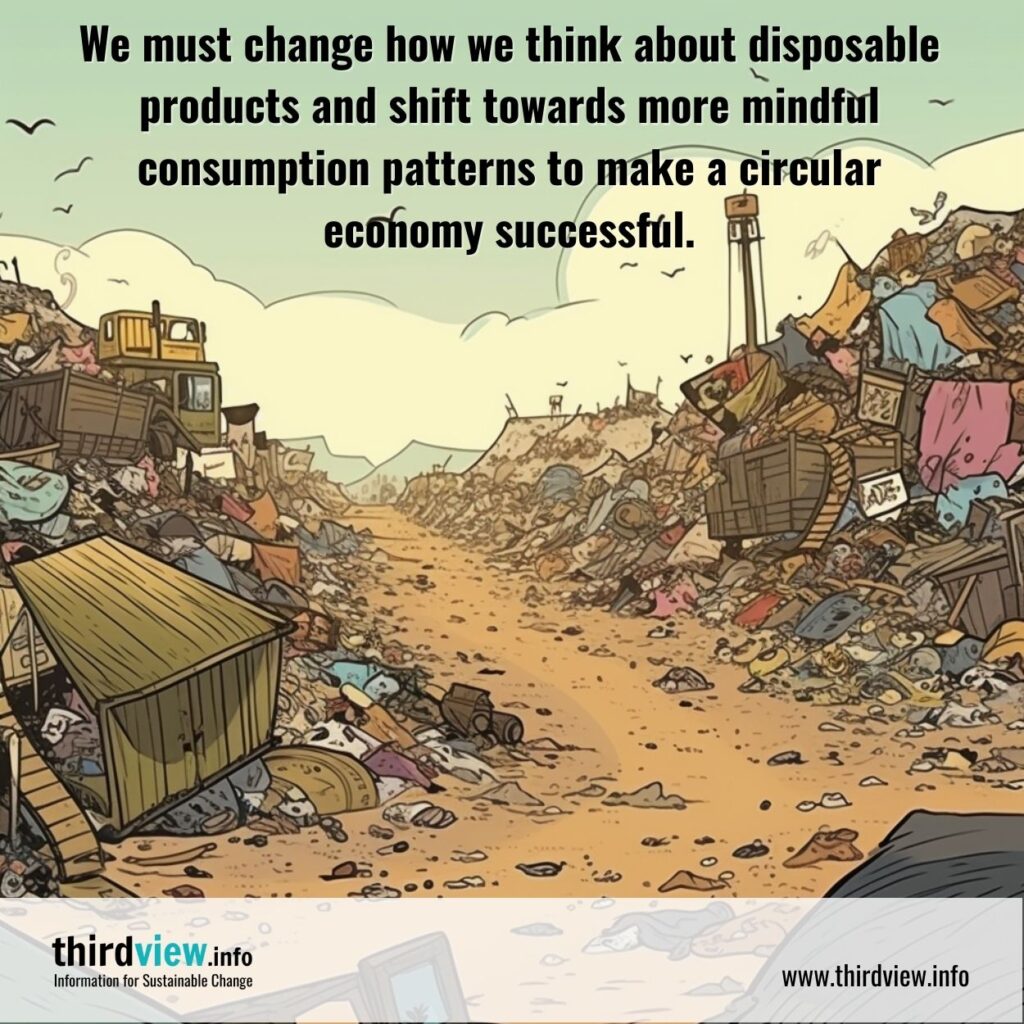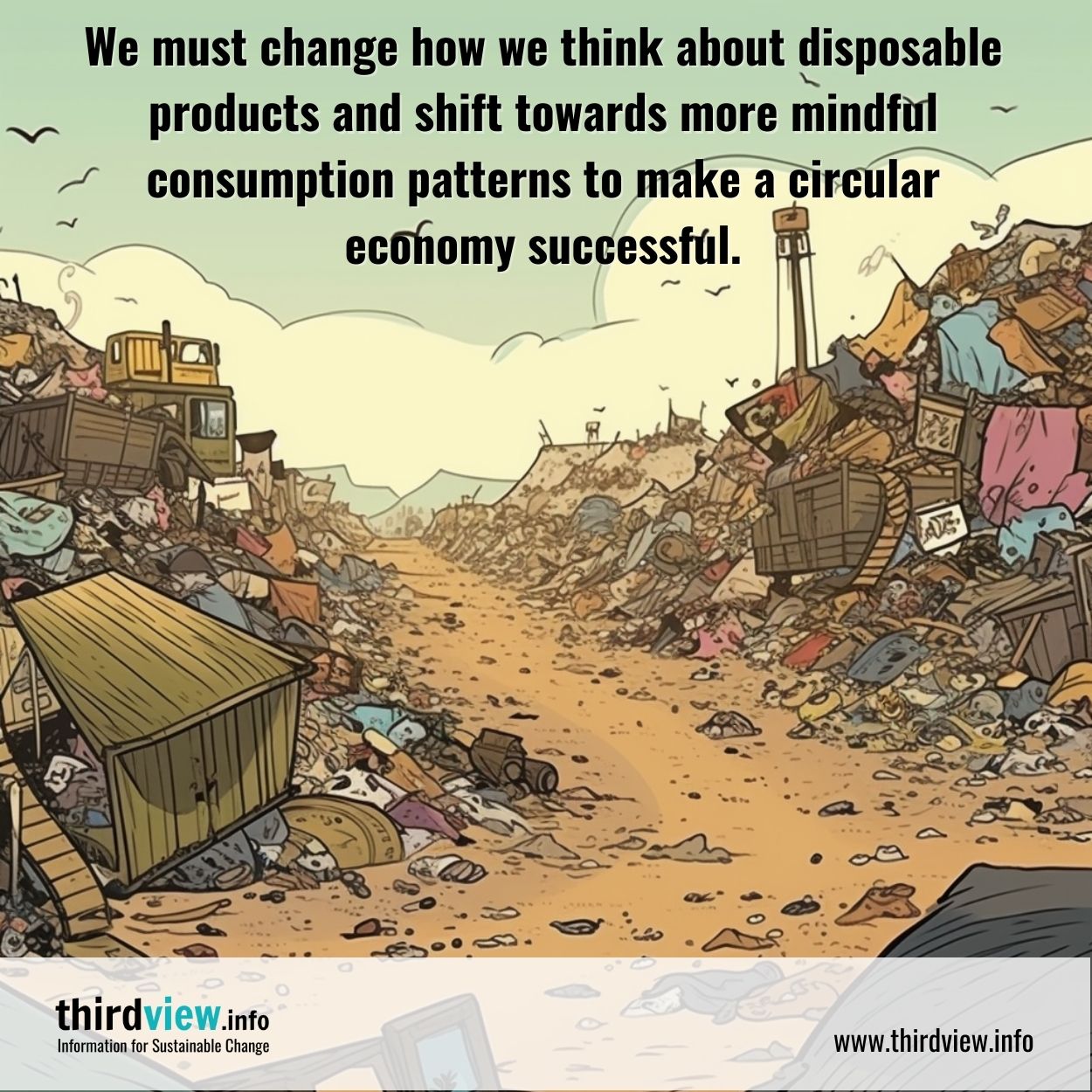It is becoming increasingly clear that we need to move away from our current linear approach to manufacturing and consumption. A global circular economy can help us reduce waste, increase efficiency, and create a more sustainable future. But what are the barriers preventing us from achieving this? Let’s take a look at some of the challenges that exist when it comes to transitioning to a global circular economy.
A circular economy is an economic system that focuses on reducing waste and maximizing the use of resources. This type of system is much more sustainable than traditional linear models, which rely heavily on the production and disposal of goods. While many governments have taken steps to reduce their ecological footprints, there are still several barriers to achieving a global circular economy.
One of the biggest challenges to achieving a global circular economy is the lack of infrastructure and technology needed for such an endeavour. Many countries—especially those in developing nations—simply do not have the resources or access to modern technologies necessary for efficient recycling, composting, and other methods of resource recovery. This lack of infrastructure makes it difficult for countries to develop sustainable waste management systems and discourages companies from investing in circular initiatives.
Another major challenge lies in consumer behaviour. In order for a global circular economy to be successful, consumers must embrace new behaviours that promote reuse and repair. This means changing how we think about disposable products and shifting towards more mindful consumption patterns. Unfortunately, many people are still unaware of the negative impacts their purchasing choices can have on the environment, making it difficult for them to make informed decisions about their purchases.
Lastly, there are financial considerations when it comes to transitioning from a linear economy to a circular one. Companies may find themselves needing to invest in new equipment or technologies in order to allow for more efficient resource recovery processes or better sustainability practices. Additionally, governments may need additional funding in order to develop effective waste management systems or incentivize businesses to make efforts towards sustainability goals. All of these costs can be significant barriers when it comes to creating a global circular economy.
The transition towards a global circular economy is no small task; it requires significant changes at all levels–from consumers all the way up through governments and corporations alike. While there are certainly numerous challenges standing between us and this goal, with dedication and effort we can overcome these barriers together and create an environmentally friendly future. We must continue our efforts towards creating awareness around this issue as well as providing access to resources so that everyone has an opportunity to join in on this venture towards sustainability. Together, we can make sure this goal becomes reality.


